Xiaomi has become one of the most important technology companies in the world, thanks to its wide range of products, from mobile phones to smart appliances. A fundamental part of Xiaomi's success is represented by the operating system MIUI, a custom interface based on Android. Over the years, MIUI has suffered a significant evolution, going through numerous releases, each of which introduced new features, performance improvements, and innovative designs. In this article, we will look at the evolution of MIUI, from MIUI 1 to MIUI 14.
Topics of this article:
MIUI 1 – 2010
MIUI was first launched in 2010, and was based on Android 2.2 Froyo. This first version stood out for the fresh and innovative aspect of its design. MIUI 1.0's UI was very different from stock Android, with custom icons, elegant themes, and advanced features. One of MIUI's strengths from the beginning has been the ability to completely customize the look and behavior of the operating system. Users could choose from a wide range of themes and customize the icon layout.
MIUI 2 – 2011
MIUI Version 2, launched in 2011, brought further improvements to the user interface and features. The update introduced new animations, richer notifications and greater integration with online services. Furthermore, the "Mi Cloud" function was introduced, which allowed data to be synchronized between Xiaomi devices and contents to be backed up.
MIUI 3 – 2012
MIUI 3 was an important step forward in the history of MIUI. Launched in 2012, it was based on Android 4.0 Ice Cream Sandwich. This version introduced performance improvements and an even more refined user interface. It was also the edition in which MIUI began to expand outside of China, gaining popularity around the world.
MIUI 4 – 2013
MIUI 4 was another major turning point. Based on Android 4.1 Jelly Bean, it was launched in 2013. This version brought a cleaner and more minimalistic user interface, as well as increased performance efficiency. Furthermore, MIUI 4 introduced an improved notification center and an advanced security system.
MIUI 5 – 2014
MIUI 5, released in 2014, continued to improve the user interface and overall user experience. This version introduced smoother animations, a new tabbed notification system, and further performance improvements. Xiaomi has also started to focus on optimizing battery life.
MIUI 6 – 2015
MIUI 6, launched in 2015, brought a major change in design. The user interface has become flatter and more minimalist, following current trends. Additionally, the “Second Space” feature was introduced, which allowed users to create separate profiles on the same device to improve privacy and security.
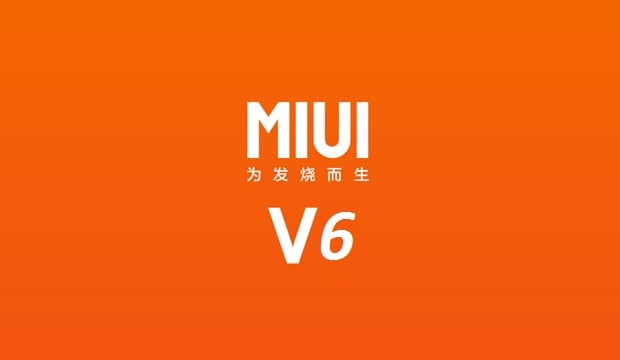
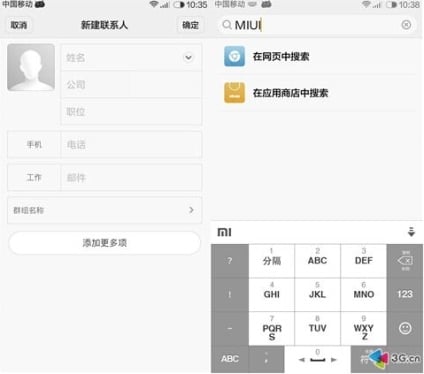
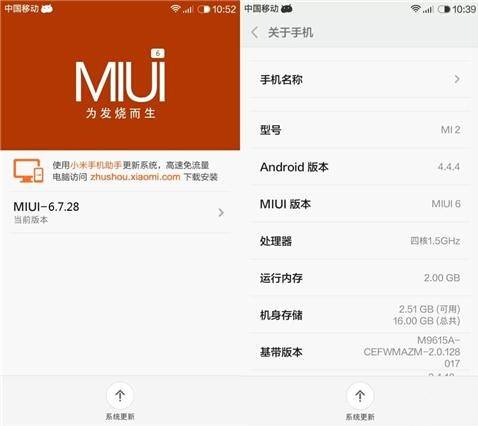
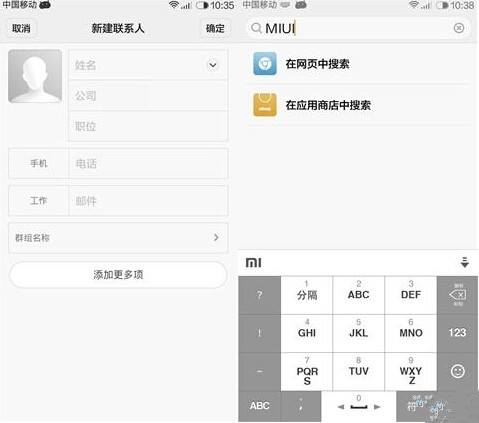
MIUI 7 – 2016
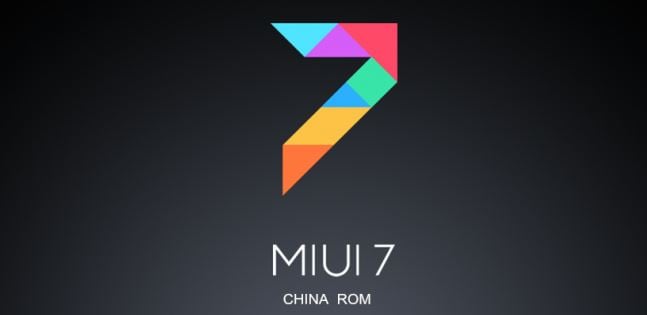
MIUI 7 was launched in 2016 and was focused on performance optimization and customization. The “Themes” feature has been introduced for even deeper customization, along with a host of new features, such as “Child Mode” and “Quick Ball” to make it easier to access your favorite apps.
MIUI 8 – 2016
In 2016, MIUI 8 was launched with a refreshed design and greater integration with online services. The “Dual Apps” feature was introduced, allowing users to run two instances of different apps. Furthermore, MIUI 8 introduced a text detection system in images and a call recording function.
MIUI 9 – 2017
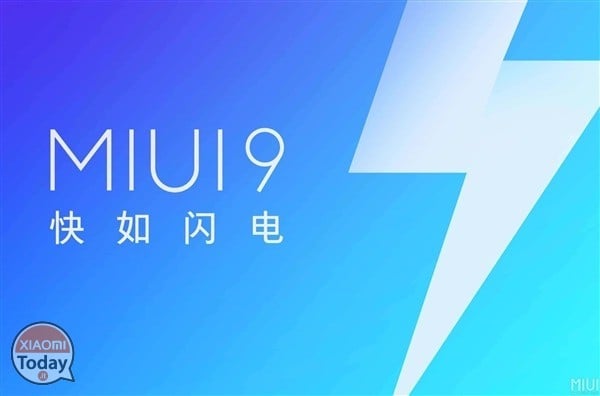
MIUI 9 was released in 2017 and brought performance improvements, smarter notification management, and greater power efficiency. The “Split Screen” feature was also introduced, which allowed two apps to run at the same time.
MIUI 10 – 2018

MIUI 10, launched in 2018, marked a major change in design, with an even cleaner and more intuitive user interface. The update introduced a number of AI features, including “AI Preload” to improve performance and “AI Portrait” to improve the quality of blur photos.
MIUI 11 – 2019
MIUI 11 was launched in 2019, bringing a revamped user interface with more intuitive icons and greater customization. The update introduced the “Always-On Display” function and improved notification management.
MIUI 12 – 2020

MIUI 12, released in 2020, was a major breakthrough in the history of MIUI. This version brought a more consistent design and superior animation system. “Super Wallpaper” was introduced which offered unique animated wallpapers. MIUI 12 has also put a focus on privacy, with new app permission features.
MIUI 13 – 2021
In 2021, MIUI 13 was introduced, introducing further improvements in the user interface and features. This release pushed customization even further, allowing users to create fully customized themes with “Vivid and Fresh” AI. Additionally, MIUI 13 introduced “MIUI+,” which allowed you to connect smartphones, tablets and PCs for greater integration and convenience.
One of the most interesting features of MIUI 13 was “Focus Mode,” which helped users limit distractions and focus on important tasks. Furthermore, this version offered a notable performance improvement, optimizing the gaming experience and ensuring smoother operation of the operating system.
MIUI 14 – 2022
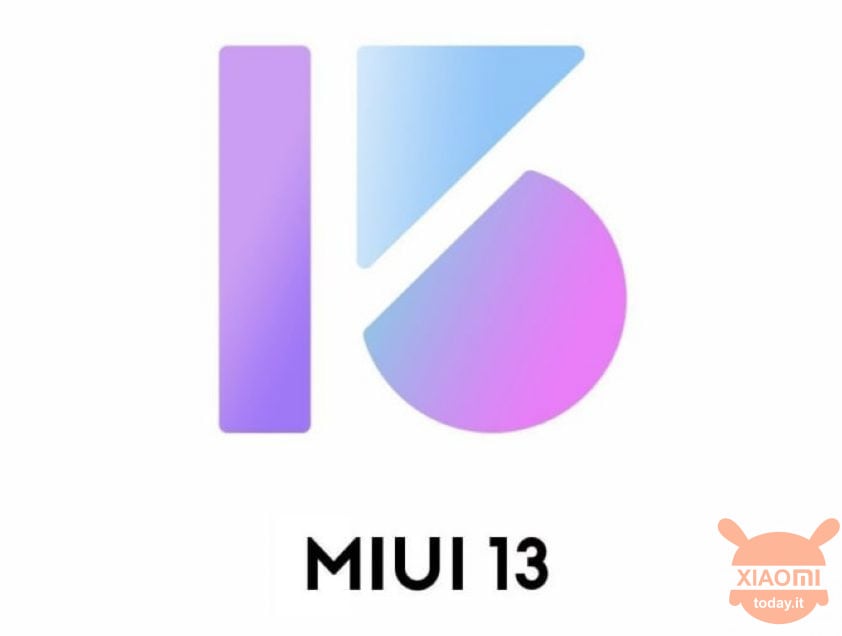
MIUI 14, released in 2022, represents the latest evolution of Xiaomi's customized operating system. This version focused further improvements in the user interface, with a more elegant design, smooth animations and better notification management. A key aspect of MIUI 14 is the implementation of Artificial Intelligence (AI) to optimize device performance, improve image quality and simplify daily use of the phone. Customization remains a key feature, with a wide range of options for customizing the theme, icons and home screens. MIUI 14 also promotes energy efficiency to extend battery life and integrates advanced security features to protect user privacy. Overall, MIUI 14 is a step forward in offering a high-quality user experience on Xiaomi devices.
HyperOS – 2023
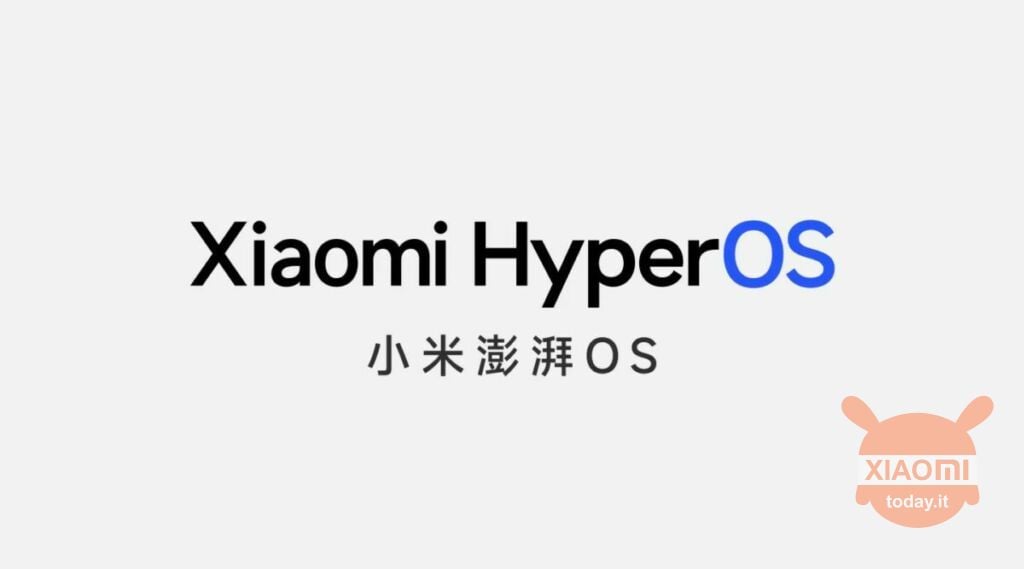
Tomorrow 26 October 2023 we will witness (we hope) an epochal change: the launch of the new Xiaomi HyperOS operating system. It will be an OS that will embrace Smartphones / TVs / Cars in a single ecosystem in which every device is intercommunicating. Read all the information we have so far on HyperOS








